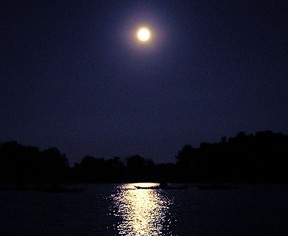 Wicca is not a passive religion. If you prefer to have somebody preach a sermon and tell you how to think, then it's certainly not the religion for you.
Wicca is not a passive religion. If you prefer to have somebody preach a sermon and tell you how to think, then it's certainly not the religion for you.
I have genuinely had people in the past come to me with concern about the Esbat. They had stood in the circle and gone through the motions. They had watched me Draw Down the Moon. But then what?
I was the High Priestess, but I didn't tell them what to do. I was the representative of the Goddess, but I didn't direct them in a round of thou shalt and thou shalt nots.
It was about this time that I realized that I'd failed in my duties as High Priestess. Not because I hadn't transformed into anything more divine than usual, but because they had entered the circle unable to grasp what it was all about. Oops.
That was one Esbat circle when I really would have been better to have recited that old stand-by, The Charge of the Goddess. Doreen explained the entire Wiccan faith and practice so brilliantly there, that my confused wards would have been in no doubt as to what was going on.
The role of the High Priestess, in Drawing Down the Moon, is akin to that of a lightning rod. The energy is up there and potent. We just need to direct it into our circles. What we do next is precisely the same dilemma posed by house-holders, whose home has just been hooked up to the mains.
The answer - whatever you want! Whatever you have to plug into it, go, go, go! Obviously within reason and subject to certain health and safety lores, like Do As Thou Wilt An It Harm None.
So how should you approach an Esbat? Whether in a coven or as a solitary, the answer is the same. You bring to the ritual all that you've been working towards. You use that moment of high energy to infuse your project with purpose, or to ask the big question and seek clarity within your own mind.
No High Priestess is going to do that for you; nor a High Priest either. And certainly not the Mother Goddess!



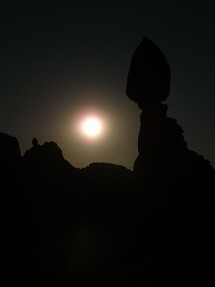 'Whenever ye have need of any thing, once in the month, and better it be when the Moon is full, then shall ye assemble in some secret place and adore the spirit of me, Who am Queen of all Witcheries.'
'Whenever ye have need of any thing, once in the month, and better it be when the Moon is full, then shall ye assemble in some secret place and adore the spirit of me, Who am Queen of all Witcheries.'
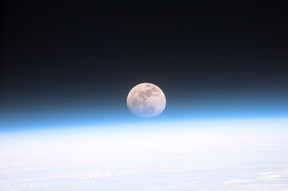 Nothing can be taken in isolation, not least an Esbat. It's not enough to meander on down to a circle rite, when the calendar tells you that the moon is full.
Nothing can be taken in isolation, not least an Esbat. It's not enough to meander on down to a circle rite, when the calendar tells you that the moon is full.


 Wicca is not a passive religion. If you prefer to have somebody preach a sermon and tell you how to think, then it's certainly not the religion for you.
Wicca is not a passive religion. If you prefer to have somebody preach a sermon and tell you how to think, then it's certainly not the religion for you.






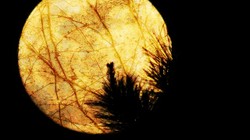

 St Tydecho's Churches in West Waleson 09/03/2014
St Tydecho's Churches in West Waleson 09/03/2014
 Goodies for an Outlander Premiere Partyon 03/06/2015
Goodies for an Outlander Premiere Partyon 03/06/2015
 Holocaust Memorial Day Interview with Rainer Höss, Grandson of Rudolf Architect of Auschwitzon 01/24/2015
Holocaust Memorial Day Interview with Rainer Höss, Grandson of Rudolf Architect of Auschwitzon 01/24/2015
 Romantic Valentine Gifts for an Outlander Fanon 01/16/2015
Romantic Valentine Gifts for an Outlander Fanon 01/16/2015


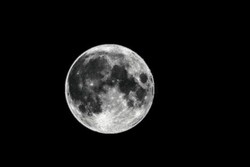
Comments
Ok, leave this one with me. I'll dig through my Wiccan history books and see if I can find any interesting references for you. If you have any further (personal) information regarding her, please let me know. Privately, if it's not for public consumption. I've certainly got the resources for this!
It is this side of the family where my knowledge is limited. I do know that she was baptized a Catholic, but as a toddler her mum died and her father remarried to a wise woman, who introduced her to the craft, so I think that we are dealing with traditional English paganism here, though it seems to be folk witchcraft rather than the more conceptual Wiccan faith.Her maiden name was Shorrocks, which is old south Lancashire, which confirms that she was not pure Irish. In fact, my grandfather [her son] did not think of himself as having any Irish at all.
I do know that she had a great knowledge of herbs. Once when my mother's brother took ill when visiting her, she went out for some ingredients, mixed them into a potion and administered it. Within half an hour the child passed a bladder stone!
But not Protestant? In that case, it's looking a lot more likely that she may have considered herself Pagan.
She said to Mum"We are a northern Irish family," but that side of the family had no allegiance to Catholicism; and she did not like it when her son married an Irish Catholic.
Was she Irish? She might well have been called an Aisling, a cailleach feasa, or carline. Or a charmer, or a cunning woman, or simply a wise woman.
I'd call her a witch, but probably only privately. What she was doing certainly sounds like witchcraft to me. But such words could have led to imprisonment during that time.
Question for you,Jo. My great-grandmother was a wise woman, dealing in spells and herbal remedies among the poor of East Manchester in the late nineteenth and early twentieth centuries. She was initiated by her step mother, so there is some indication of an ongoing tradition here. Would you call her a witch?
The word or the activity? The word can only be dated back to the early 20th century, in the context in which it's used. It's much more problematic to date the activity. Witches gathering in moonlight has been referenced for centuries, though separating the reality from the conjecture is an on-going issue.
How far back in time does the Esbat go?
I'm glad that you think so. Thank you for reading it.
A really clear guide which dispels some myths